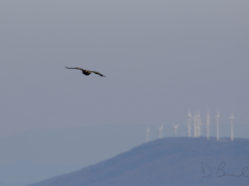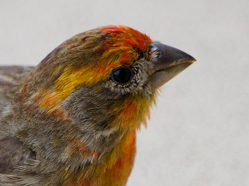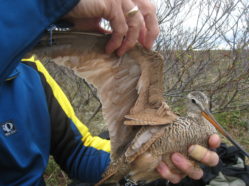Are Homebody Warblers More Likely to Sing Together?
Scientists who want to study the evolution of behavior face a fundamental problem: unlike bones, behavior generally doesn’t fossilize. However, that doesn’t mean that extinct species’ behavior doesn’t leave any evidence. The behavior of living or “extant” species can give us clues about the behavior of their ancestors, and we can use the behavior of living species, the evolutionary relationships among species, and computational modelling to make inferences about extinct species’ behavior.





